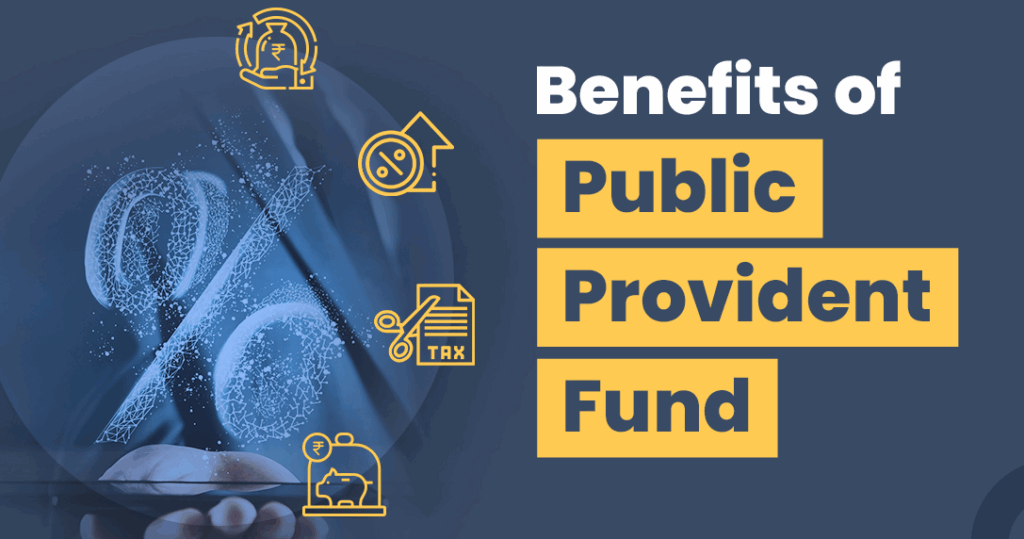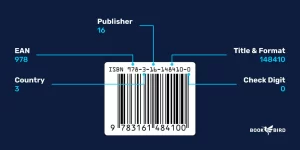As a salaried employee, whether government or private, you need to plan your retirement goals early in your career. Most of the individuals prefer to invest in PPF or a Public Provident Fund account and EPF or Employees’ Provident Fund. Although both of these have their unique benefits, there is a very common concern about whether to invest in PPF when you already have EPF. Read this blog and know whether a PPF can be beneficial for you in case you already have an EPF account.
What is a PPF (Public Provident Fund)?
The Public Provident Fund account or PPF is a long-term savings scheme started by the Government of India. The account can be opened by Indian residents.
Features and Benefits of PPF
- The lock-in period of PPF is 15 years, and it can be extended in blocks of 5 years
- Investors can invest a minimum of ₹500 and a maximum of ₹1.5 lakh annually
- As of May 2025, the government offers an interest rate of 7.1% per annum
- One of the major PPF account benefits is that you can avail tax benefits under Section 80C of the Income Tax Act
- The investment amount, the interest earned, and the maturity amount are all tax-free
- You can take a loan from the account between the 3rd and 6th years
- Partial withdrawals are allowed after five full financial years
PPF is ideal for people who want to build a retirement fund and earn returns.
What is an EPF (Employees’ Provident Fund)?
The Employees’ Provident Fund or EPF is a saving scheme meant for salaried employees working in companies registered under the EPF Act. Both the employer and the employee contribute a fixed percentage of the employee’s salary every month to this fund.
Features and Benefits of EPF
- Employees contribute 12% of their basic salary and dearness allowance; the employer also contributes 12%
- The EPF interest rate for the financial year 2024-25 and 2025-26 is fixed at 8.25% per annum, declared annually by the EPFO
- Employee contributions are eligible for tax deductions under Section 80C
- The maturity amount and interest are tax-free if the account is held for at least 5 years
- You can withdraw money partially in case of buying a house, marriage, illness, or unemployment
- The account remains portable through the UAN (Universal Account Number) even if you change jobs.
EPF is good for retirement savings for salaried employees. The additional employer contribution increases the total savings.
Comparison Between PPF vs. EPF
Here is a simple comparison to help you understand the key differences between PPF and EPF:
| Feature | PPF | EPF |
| Who can invest | All Indian residents | Salaried employees in registered firms |
| Type of contribution | Voluntary | Mandatory for eligible employees |
| Contribution amount | ₹500 to ₹1.5 lakh per year | 12% of salary for both employee and employer) |
| Interest rate (2025) | 7.1% per annum | 8.15% per annum |
| Lock-in period | 15 years | Till retirement or job switch |
| Tax benefits | Fully tax-free (EEE status) | Fully tax-free (EEE status) |
| Withdrawals | Allowed after completing five full financial years | Allowed under specific conditions |
| Ideal for | Self-employed and the general public | Salaried employees |
Is It Beneficial to Have Both PPF and EPF?
If you already have an EPF account, should you still open a PPF account? The simple answer is yes. Let’s understand why:
- More savings for the future
EPF is a good start to saving for retirement, but opening a PPF account can help you build an even bigger retirement fund. Having both gives you more financial security.
- Use full tax benefits
Both EPF and PPF qualify for tax deductions under Section 80C.
- Flexibility in investment
In PPF, you can invest at your own pace. You can deposit a lump sum or spread it across the year. This gives you control over how much and when you invest.
- Helpful during emergencies
While EPF withdrawals are only allowed under certain conditions, PPF allows partial withdrawals and even loans. It adds a layer of financial support when you need it.
- Continued savings even without a job
EPF contributions stop if you quit your job. But you can keep investing in PPF even if you’re not working. This makes it a useful option during career breaks or after retirement.
Who Should Choose What?
Here’s how you can decide which account suits you best:
- If you are a salaried employee
You already have EPF, which is a great start. Adding a PPF account will give you more savings power, flexibility, and tax benefits. It’s a smart choice to have both.
- If you are self-employed
You are not covered under EPF. So, PPF becomes a perfect long-term savings plan for you. It is simple to manage and offers safe, tax-free returns.
- If you are starting your career
Starting both EPF and PPF early helps you take full advantage of compounding. Even small amounts invested now can grow into a big fund over time.
- If you are planning early retirement
PPF is useful for those who want to retire early or take a career break. It works independently of your job and keeps growing as long as you contribute.
Conclusion
Both PPF and EPF are reliable savings options backed by the Indian government. EPF works best for salaried individuals with employer contributions, while PPF is open to everyone and offers safe, flexible savings. Having both gives you security, flexibility, and good returns.
If you already have an EPF account, opening a PPF account is still a wise decision. It adds to your retirement savings, helps you use your full tax benefits, and provides more financial freedom in the future.
In the end, your goal should be to build a strong financial base for yourself and your family. And using both PPF and EPF together is one of the simplest and smartest ways to do that.





